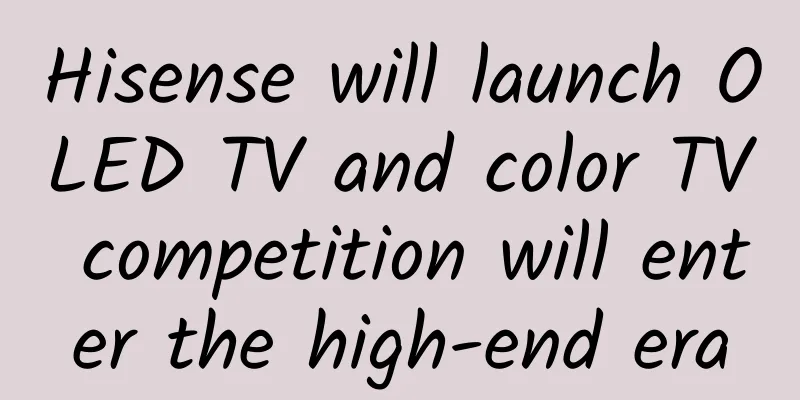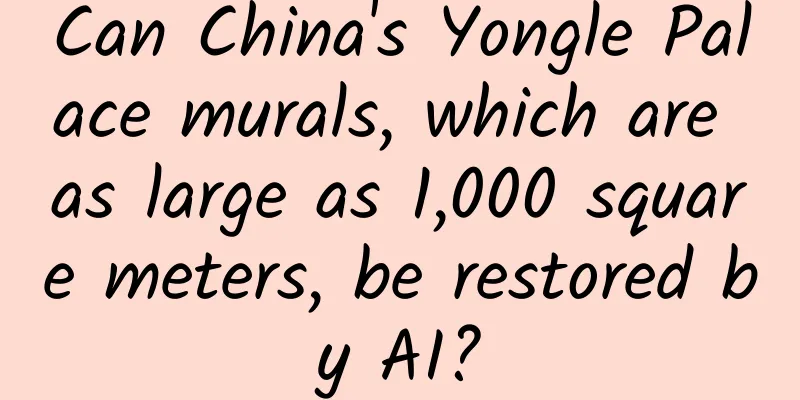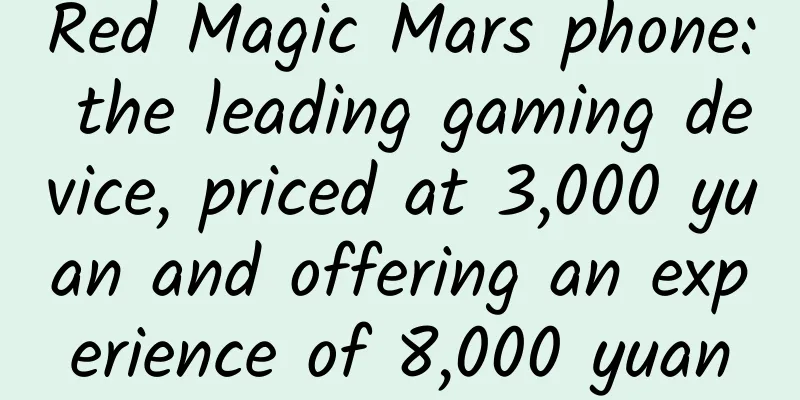Hisense will launch OLED TV and color TV competition will enter the high-end era

|
Recently, there have been rumors in the industry that Hisense will launch OLED TVs in 2018. This news has been confirmed by Hisense's senior management. Hisense will become the 14th OLED TV brand in the world. So far, except for TCL, all major Chinese color TV companies have joined the OLED camp. According to a senior executive of Hisense, the main reason for Hisense to launch OLED is the acquisition of Toshiba color TV. At the end of 2017, the Japanese market for OLED grew strongly, and in 2018 the company will launch new OLED products under the two major brands of Toshiba and Hisense. The sales focus of Hisense OLED is in overseas markets. In the Chinese market, only a few high-end products are equipped with OLED screens. In 2018, Hisense's promotion focus will still be ULED and laser TV. Hisense, which has always insisted on ULED, has not launched OLED TVs. It has pointed out its technical defects many times before, but finally chose to join the OLED camp, which in itself proves the general trend of OLED. After 5 years, the technologically upgraded OLED has attracted all major manufacturers in the world except Samsung. In 2017, Sony's return to OLED has led to the collective joining of Japanese brands such as Panasonic and Toshiba. Contrary to industry expectations, Hisense will not rush to launch 8K TVs in 2018. "It is too advanced to launch 8K TVs when 4K is not yet popular. Now there is neither 8K film source nor signal transmission, and pushing 8K is more of the screen manufacturer's wish." Hisense's conservative attitude towards 8K is representative of the company. Currently, only Sharp has released 8K TVs in the Chinese market, while other manufacturers' 8K products are still at the conceptual level. It remains unclear who will be the first Chinese manufacturer to launch 8K TVs in 2018. 01 There were early signs that Hisense would join the OLED camp. In November 2017, Hisense announced that it would spend RMB 800 million to acquire a 95% stake in Toshiba TVS. The transaction will be completed in February 2018. Hisense will consolidate TVS and obtain 40-year global brand usage rights including the REGZA brand. Toshiba launched OLED TV in January 2017, which inherited REGZA's super-resolution technology and unique OLED Beauty Pro image quality engine. Some analysts believe that in addition to Toshiba's technological accumulation and brand value, OLED is also an important reason for Hisense to acquire Toshiba. A month ago at CES, there was a rumor that Hisense would release a new OLED TV. However, Hisense President Liu Hongxin used the World Cup to promote a 150-inch laser TV at the press conference, surpassing Samsung's 146-inch Micro LED to become the largest TV in the show, but he did not mention OLED at all. Why did Hisense finally choose OLED? Although laser has successfully gained popularity in the market of 80 inches and above with its cost-effectiveness, and Hisense has also increased the resolution of laser from 1080P to 4K, this cannot change the technical prospects of laser. OLED is already an industry consensus as the next generation of display technology. Faced with the expansion of the OLED camp, Hisense chose to go with the trend. According to data provided by AVS, the retail volume of China's color TV market in 2017 was 47.52 million units, down 6.6% year-on-year, of which OLED TV sales reached 113,000 units, up 92% against the market trend, while laser TV sales were 76,000 units, and the scale of OLED has exceeded that of laser TV. The OLED camp is jointly promoted by Skyworth, LG, Changhong, Sony, Konka and other manufacturers, while only Hisense is the main promoter of laser. The future space of OLED will be larger than that of laser TV. In 2018, the trend of large-screen color TVs has become very clear, and the strategies of various manufacturers in the large-screen market have become increasingly clear. Hisense uses laser to enter the ultra-large screen market and relies on cost-effectiveness to occupy the market, while Skyworth stands with OLED and defines large screens as high-end. TCL insists on quantum dots while not giving up OLED. Juhua Display, a subsidiary of CSOT, has the most advanced printed OLED test line in China. Now, Hisense is trying to add "high" to "big" and use OLED to improve its high-end product line. For Hisense, this means fighting in three directions: ULED, OLED, and laser TV at the same time, which is more difficult than Changhong and Konka doing quantum dots and OLED at the same time. Can Hisense, which is late to the game, become a new force in OLED? Hisense's promotion focuses on lasers rather than OLED, just like Hisense uses quantum dot technology but focuses on ULED. This determines that Hisense will not invest a lot of resources in OLED, and it is difficult to surpass Skyworth to become the leader in the domestic OLED market. But one thing is certain, Hisense's entry will make the market more prosperous, stimulate other manufacturers to adopt more active promotion strategies, and drive the growth of OLED sales. According to AVC data, from January to August 2017, Skyworth ranked first in China's OLED market share with a 39% share, followed by LG with 23% and Sony with 13%. In the global market, LG is still the largest OLED color TV manufacturer and the only OLED large-screen supplier. 02 Under the demonstration effect of Apple iPhone X, AMOLED screens for mobile phones have flooded into many suppliers including BOE, Huaxing, Sharp, etc., but there is only one supplier of large-size OLED, LGD, which has a serious shortage of production capacity, resulting in high OLED costs, which is the main obstacle to the popularization of OLED. Although Skyworth has lowered the price of 55-inch OLED to less than 10,000 yuan, the price of 65-inch 4K OLED is still 10,000 yuan higher than quantum dots, and the price difference with LCD is as high as 20,000 yuan. In January 2018, LG's 8.5-generation OLED production line in Guangzhou was approved by the South Korean government. This is the first time that LG has built a large-screen OLED production line outside of South Korea. Together with the 10.5-generation line in South Korea, LG's total investment in OLED is as high as 90 billion yuan. Since it takes two to three years for a panel production line to be built, lit up, and then ramped up, it is difficult for the cost of large OLED screens to drop rapidly in the next three years. For whole machine manufacturers, OLED is still a high-end product at the top of the pyramid. In 2018, LG raised its shipment target for large-screen OLED panels from 2.5 million to 2.8 million, a 40% increase from 2 million in 2017. According to LG, the yield rate of large-size OLEDs has reached 90%, a 5% increase from a year ago, meeting the target. In the past three years, the global sales of color TVs have basically stabilized at around 210 million units, of which super-large screen products priced over $2,000 accounted for about 2%, or 4.2 million units. 2.8 million OLEDs account for 1.3% of the overall color TV market, but they have taken away two-thirds of the market share in the high-end market, which is where the value of OLED lies. According to Qunzhi Consulting, in 2017, the global shipment of OLED TVs was about 1.7 million units, and the penetration rate increased to 0.6%, doubling from the previous year. In 2018, the shipment of OLED TVs will reach 2.6 million units, with a penetration rate of 1%, and is expected to enter a period of popularization. At the end of 2017, the long-awaited printed OLED finally saw the light of day. In December 2017, Japan's JOLED, which integrated the panel business of Panasonic and Sony, announced that it had begun to supply 21-inch OLED panels. JOLED uses "printing" rather than vacuum evaporation, and will first supply medical devices. Its customers include Sony and other companies, and in the future it will also provide technology licenses to panel manufacturers. If printed OLED can overcome technical difficulties and achieve mass production, it will significantly reduce the production cost of large-screen OLEDs, and may drive more panel manufacturers to invest in large-screen OLEDs and improve insufficient upstream production capacity. 03 No matter how powerful your smartphone is, TV still has the largest screen and the best audio-visual effects. This is why mobile devices are unlikely to replace TV. Even if you watch less, you still need a TV in your living room. As time becomes more and more fragmented, how can TV compete with mobile phones for users? A bigger screen and a better audio-visual experience are no longer enough; intelligence and interaction are more important. In the future, the application scenarios of screens will not be fewer but more. Living rooms, bedrooms, kitchens and even bathrooms are all interactive places. A family needs at least four screens. TV is redefined with users at the center. It is by no means an external display screen for mobile phones, but a large-screen smart interactive terminal. Although LeTV has collapsed, the road to smart TV has just begun. In 2018, there is no non-smart TV on the market. The development of AI and voice recognition has changed the functions of TV. Traffic entrances still exist, but the entry path has changed. The price war idea of light asset operation and subsidizing hardware with content is out. Now users need better products rather than cheaper ones. After 4K and HDR became standard, color TV manufacturers tried to use different technical labels to get rid of the past homogeneous competition. Skyworth and TCL chose OLED and quantum dots respectively to attract high-end users to change their phones first. On the other hand, they set up their own Internet platforms to manage user resources and make money from traffic. Skyworth's Coocaa and TCL's Thunderbird both received investment from Tencent, and there is huge room for monetization with tens of millions of users. The ideal of color TV manufacturers is to have Sony in one hand and LeTV in the other, so that high-end models can be sold for tens of thousands of yuan and still attract people to buy them, and at the same time they can collect advertising fees and membership fees. No one, including Samsung and LG, has been able to follow this new path, so do Chinese companies have a chance? As a winner of Toutiao's Qingyun Plan and Baijiahao's Bai+ Plan, the 2019 Baidu Digital Author of the Year, the Baijiahao's Most Popular Author in the Technology Field, the 2019 Sogou Technology and Culture Author, and the 2021 Baijiahao Quarterly Influential Creator, he has won many awards, including the 2013 Sohu Best Industry Media Person, the 2015 China New Media Entrepreneurship Competition Beijing Third Place, the 2015 Guangmang Experience Award, the 2015 China New Media Entrepreneurship Competition Finals Third Place, and the 2018 Baidu Dynamic Annual Powerful Celebrity. |
<<: Car Talks: Brain-computer interface technology is changing the way we travel in the future
Recommend
Did the moon fall really happen?
There is a disaster movie called "Moonfall&q...
My boss gave me a 1k budget for the event, but I achieved the results of a 100k budget
The work of operators can be said to be inseparab...
A guide to placing pangolin-effective advertising on Toutiao today!
This article shares with you the latest guide to ...
The higher this index is, the greater the risk of Alzheimer's disease! Stick to these 4 good habits and get benefits early
Reviewer of this article: Wang Wenxiang, Professo...
Don't bend: Fighting nation boycotts iPhone 6
Editor’s Note: Compared with the enthusiasm of Ce...
5 ways to screen high-quality channels in App promotion
The previous article "How to Find More than ...
Dell acquires EMC. Winners and losers of Dell's partnership with EMC: Huawei and Lenovo may be hurt
Dell announced on Monday that it would acquire da...
Today is the Great Cold丨We snuggle together beside the warm stove in winter and look forward to the return of spring with you!
"The sky and river are clearing away the nig...
Science Museum丨Why can we hear mosquitoes buzzing when the lights are turned off, but can’t hear them when the lights are turned on?
Summer is coming, and as the temperature rises, m...
APP user operation: How to prevent users from changing their minds?
Preventing user churn and improving retention and...
A brief discussion on routing and scheduling technology for computing-network integration
1. Conflict between network capacity scheduling a...
A woman died while taking care of her baby outdoors! Be careful about this in summer!
Recently, high temperatures have occurred in many...
A detailed explanation of the marketing and promotion methods of Internet finance from 5 cycles!
This article will reveal the underlying logic of ...
[Summer 2021] Senior high school Chinese language decides the college entrance examination Wang Haoran
[Summer 2021] Senior high school Chinese language...









